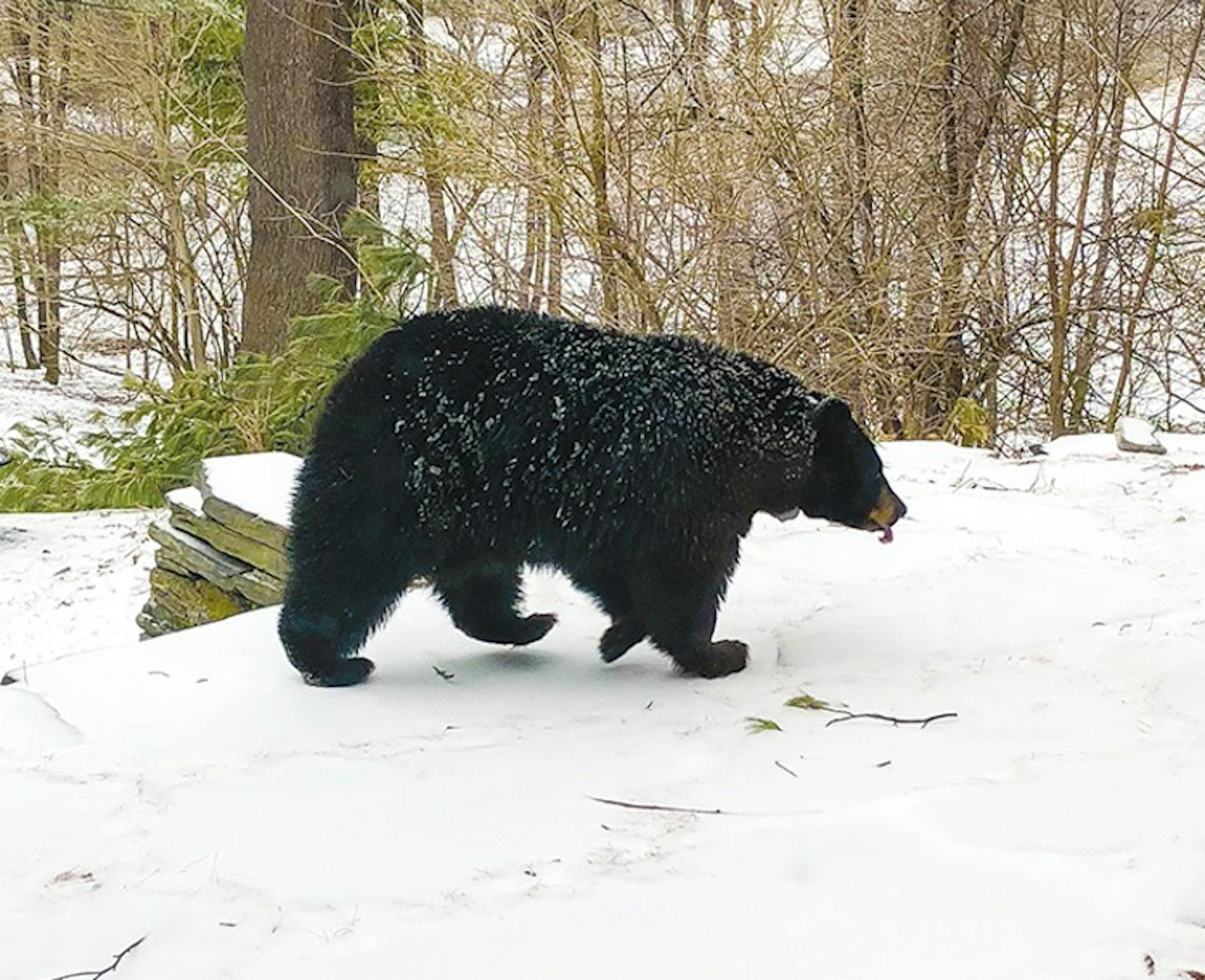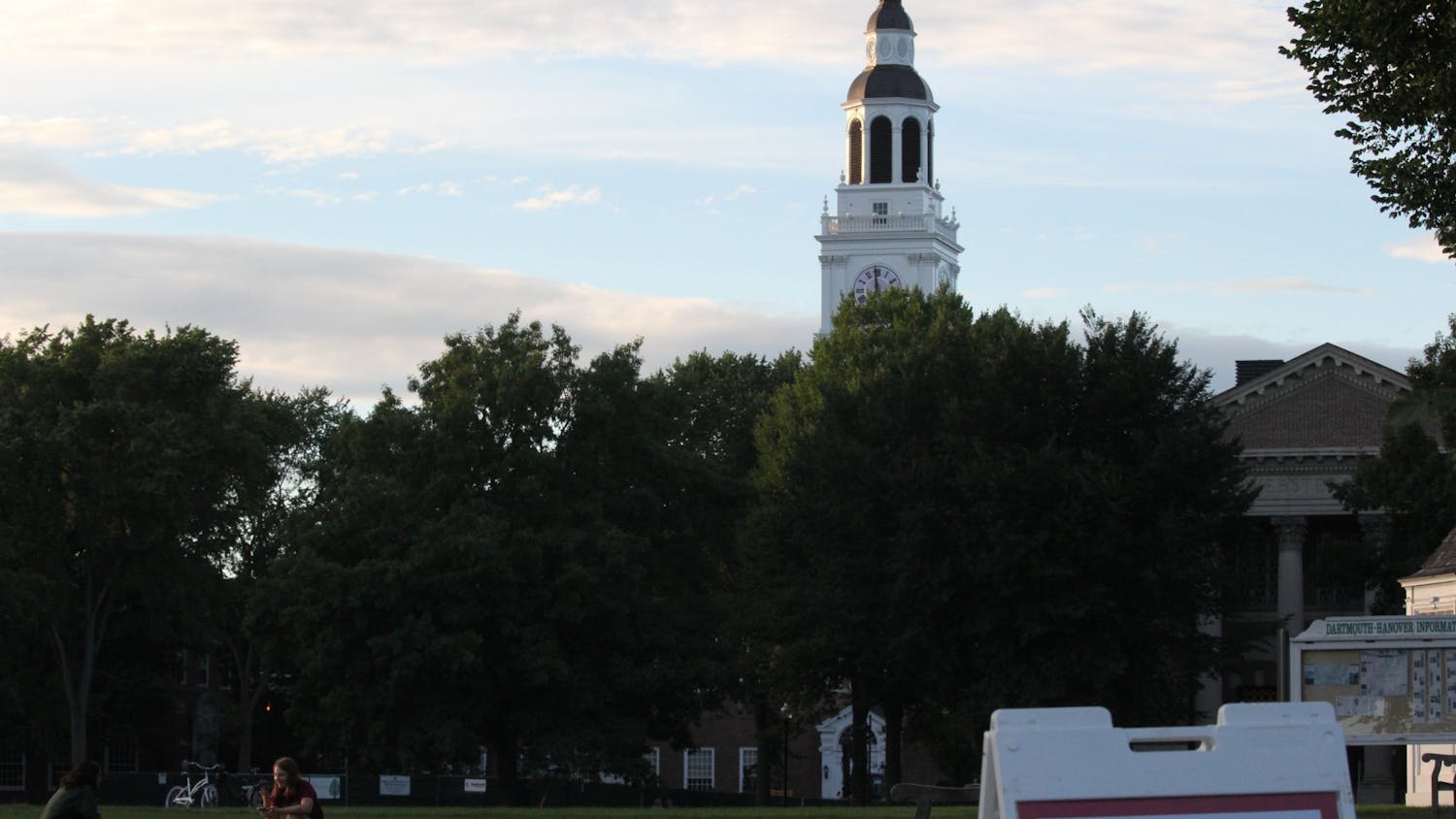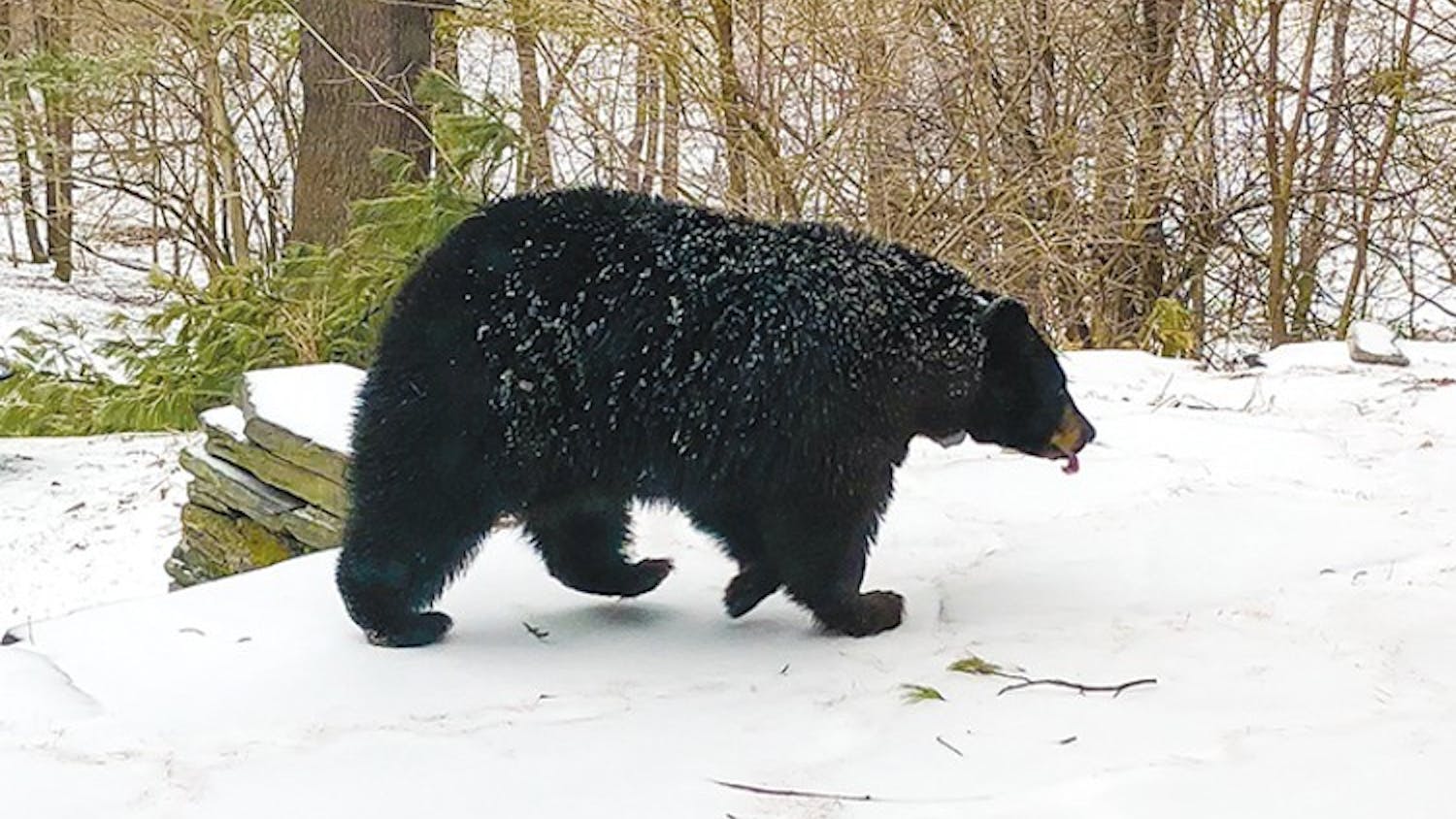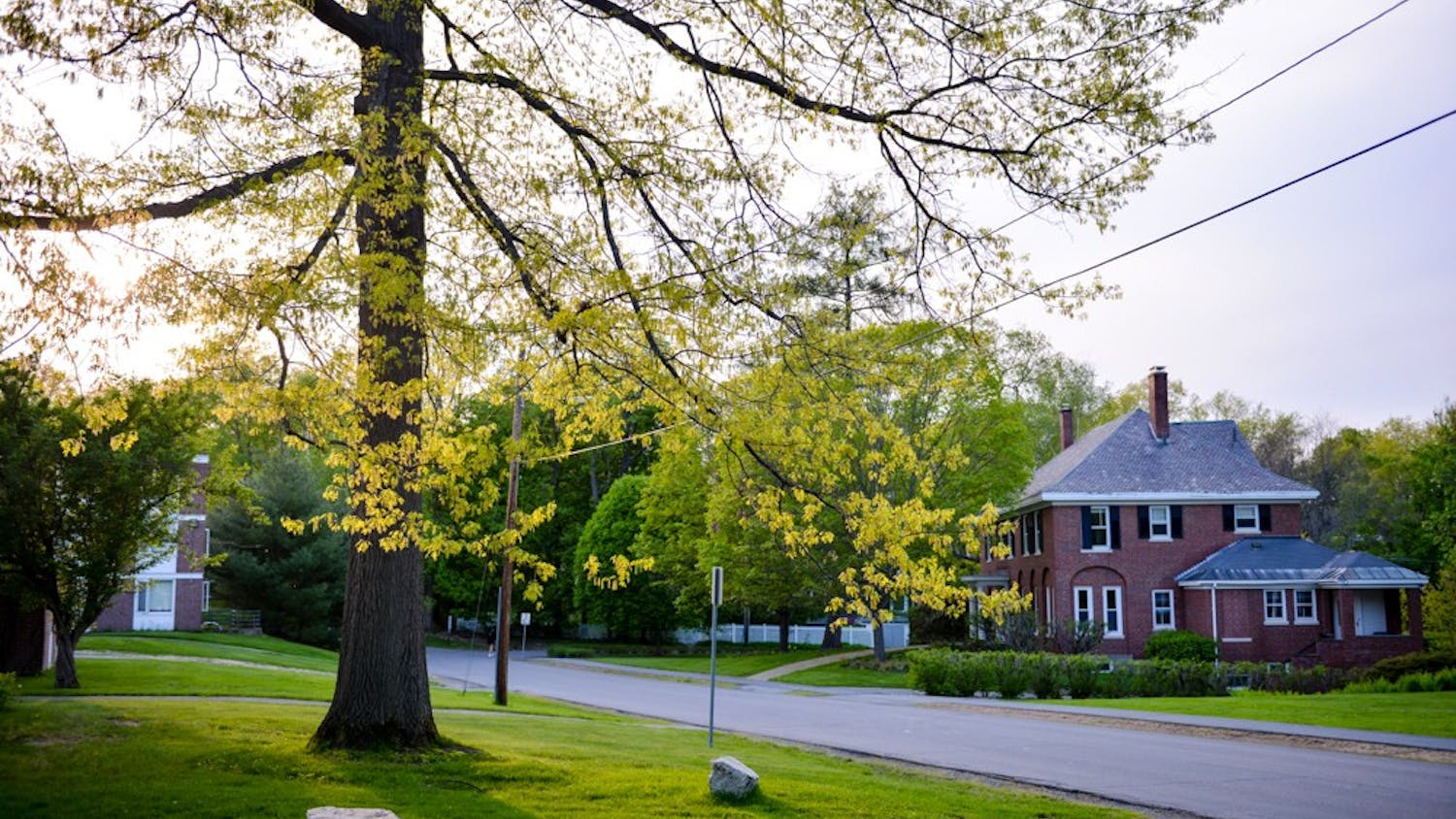Dartmouth students and Upper Valley residents alike were saddened by the news last month that Mink, the locally and nationally famous black bear beloved for her long journeys back to the Upper Valley, was found dead by the Mascoma River in Lebanon. Her death orphaned her three male cubs, who were born in January.
The search for one of Mink’s cubs by local and state authorities remains ongoing nearly four weeks after her death. The second cub was captured several days after Mink died and taken to the Kilham Bear Center in Lyme, and the third was killed by an Advanced Transit bus on Route 10 on Sept. 14.
New Hampshire Fish and Game wildlife biologist and bear project leader Andrew Timmins said that he and his team have been responding to reports of bear cub sightings in the area and setting wildlife traps baited with donuts in the hopes of enticing the missing cub.
“We had a sighting reported [Friday] no more than a hundred yards or so from where Mink herself was found, so it’s certainly staying in the area that the cubs know well,” he said. “The animal is there somewhere. It’s just a matter of getting a visual on it.”
Timmins said that a widespread community effort to find the cub — including residents frequently calling in bear cub sightings and reviewing footage from game cameras in the woods — makes it likely that the cub will be captured soon.
“We’ll keep going through the fall and into early winter if we keep getting reports, but I think we’ll be successful by then, honestly,” he said.
If the missing cub is captured, he will also be taken to Kilham Bear Center, joining his sibling. The center cares for orphaned bears until they are about 18 months old, rehabilitating cubs and ensuring that they will be able to survive in the woods and not have to journey into human settlements for food once they are released.
Licensed wildlife rehabilitator Ben Kilham, who cares for the cubs at the Kilham Bear Center, said that although bear cubs can exhibit signs of mourning after the loss of their mother or sibling, the cub at the sanctuary seems to be adjusting well to his new surroundings.
Kilham’s primary concern is whether the cub will be socially accepted by the other bears at the sanctuary.
“When cubs come in late in the season, it’s sometimes trickier to get them to make friends,” he said. “But there is another cub out there that they are trying to catch, so any new cubs will be put in the barn with it and it should be able to make friends like that.”
Once the bears are old enough to survive on their own — which, for Mink’s cubs, will be in June — they will be released in the woods of northern New Hampshire, far from any human settlements, Kilham said.
Kilham said bears can travel long distances in their lifetimes, as seen in tracking data from ear tags on other cubs he has raised. Tag data also indicates that many of Mink’s male cubs are still living far north of Hanover. He said male cubs are kicked “into dispersal” by their mothers, adding that it is highly unlikely that the cubs will return to the Hanover area like Mink did.
Female cubs, he explained, are part of a matrilineal hierarchy run by the dominant female.
“Mink more than likely was the dominant female in Hanover, and most of the other female bears in Hanover were probably her daughters, granddaughters and great granddaughters,” Kilham said.
Named by local residents for the Mink Brook nature reserve, Mink initially caught the community’s attention several years ago when she began to enter Hanover as a “nuisance bear” — a bear that enters a residential area in search of food sources like improperly secured trash or bird feeders. Though she was twice taken almost as far north as the Canadian border by the New Hampshire Fish and Game Department, she traveled hundreds of miles back to the Hanover area, earning the affection of Dartmouth students and other Upper Valley residents.
Hanover town manager Julia Griffin said that local residents should view Mink’s death as a “cautionary tale” of the potentially sad endings that nuisance bears can face.
“We should not have had to see her experience what she had to experience,” Griffin said, citing Mink’s trapping and relocation north, the separation from her cubs and her long journey home, which all could have taken a toll on her physical condition. “The irony is, we all feel like we got to know this bear because she was very much in our midst with her cubs over the time that we were managing her so closely, and the only reason we all got to know her is because we turned her into a nuisance bear.”
Timmins said that Mink’s death has reminded him that “the public really does value bears and care about bears.” He said that Mink’s presence taught people in the area how to properly live with bears and that “the community is in a much better place” because of Mink.
“We’ve come a long way, in my opinion, “ he said. “Mink, and all the public awareness related to Mink, has made it a better place for the bears that live in Hanover now.”
“She was an amazing, amazing bear — an incredibly strong and beautiful bear,” Griffin said. “We did a poor job initially of interacting with bears. She made us do better.”

Lauren ('23) is news executive editor for The Dartmouth. She is from Bethesda, Maryland, and plans to major in government and minor in public policy.




